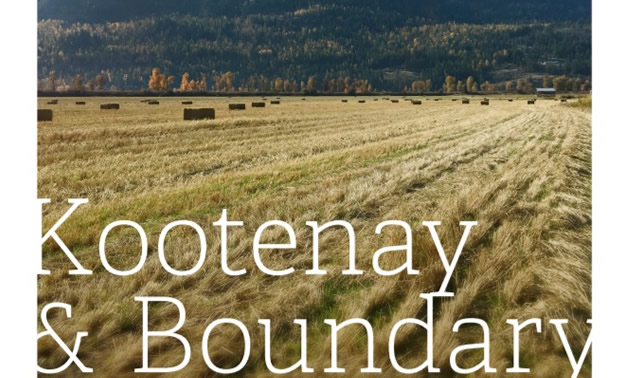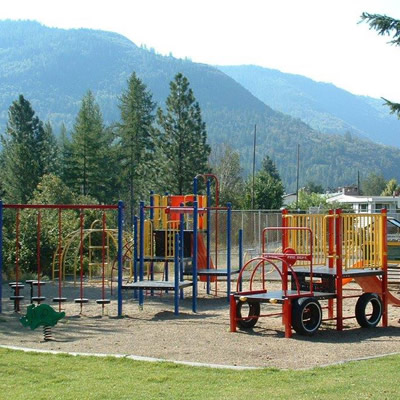New partnerships help Kootenay and Boundary farmers adapt to climate change
Up to eight projects are scheduled for completion in the region by 2022

The cover of the Kootenay & Boundary Regional Adaptation Strategy report - strategies and actions that will enhance agriculture’s ability to adapt to climate change are the focus of this plan. — Photo courtesy BC Agriculture & Food Climate Action Initiative
As climate conditions change, farmers in the Kootenay and Boundary regions will have more support with planning and preparing for growing crops and raising livestock and poultry.
This support follows development of the Kootenay & Boundary Regional Adaptation Strategies.
“Our government is committed to helping Canadian farmers and ranchers be better prepared and supported to adapt to a changing climate,” said Marie-Claude Bibeau, federal Minister of Agriculture and Agri-Food. “This project will see regional partners working together to adapt to their unique climate change conditions and keep B.C.’s agri-food sector strong and growing.”
Climate change poses a unique challenge for B.C. farmers. Warmer, drier summers are leading to increased wildfire risks, variable seasonal conditions, new or more abundant pests and changing hydrology. These challenges vary by region and affect farmers differently, depending on where they live in the province.
The governments of Canada and British Columbia are providing $300,000 in funding through the Canadian Agricultural Partnership to support projects identified in the Kootenay & Boundary Regional Adaptation Strategies as priority actions for increasing the resilience of producers in the region.
“Supporting opportunities for our partners to gather, discuss and prepare for the anticipated impacts of climate change is an important first step in helping farmers prepare for the future,” said Lana Popham, B.C.’s Minister of Agriculture. “By helping farmers adapt to these challenges, we can help ensure that all British Columbians will continue to enjoy locally grown food.”
The Kootenay & Boundary Regional Adaptation Strategies planning process, managed by the BC Agriculture & Food Climate Action Initiative (CAI), began in summer 2018. It brought together farmers from the region to work with local governments and provincial and federal agencies to identify the highest priorities for agricultural adaptation in the region. The planning process identified a set of local sector impacts and priorities, as well as strategies and actions for strengthening resilience.
"We all now realize that climate change is a reality,” said Faye Street, who represented the Kootenay Livestock Association on the advisory committee for the Kootenay & Boundary Regional Adaptation Strategies. “It is important for agriculture to get a head start on dealing with the negative consequences that climate change will bring. Lack of water and the extreme fire situation are some of my biggest worries."
A working group with 14 representatives from the agricultural sector and regional and provincial governments will oversee development of these projects, and CAI will manage project implementation. Up to eight projects are scheduled for completion in the region by 2022. The Kootenay and Boundary Regional Adaptation Strategies plan is the seventh regional plan developed in the province as part of the Regional Adaptation Program delivered by CAI.
CAI develops tools and resources that increase the capacity of agriculture to adapt to climate change. Funding is provided by the governments of Canada and British Columbia under the Canadian Agricultural Partnership, a federal-provincial-territorial initiative, and is administered by the Investment Agriculture Foundation of BC and the BC Agricultural Research & Development Corporation.
Quick Facts:
- In 2016, the total farmland in the regional districts of East Kootenay, Central Kootenay and the Kootenay Boundary was more than 127,000 hectares.
- In 2016, more than 3,700 people living in these regional districts worked in the agricultural sector as farm operators and employees.
- Agriculture in these districts is predominantly focused on poultry, cattle and hay.
- The districts are home to nearly 31,000 cattle and calves, and nearly 30,000 hens and chickens.
- Other notable crops include greenhouse flowers, greenhouse vegetables, tree fruits (in the Central Kootenay) and Christmas trees (in the East Kootenay).





Comments